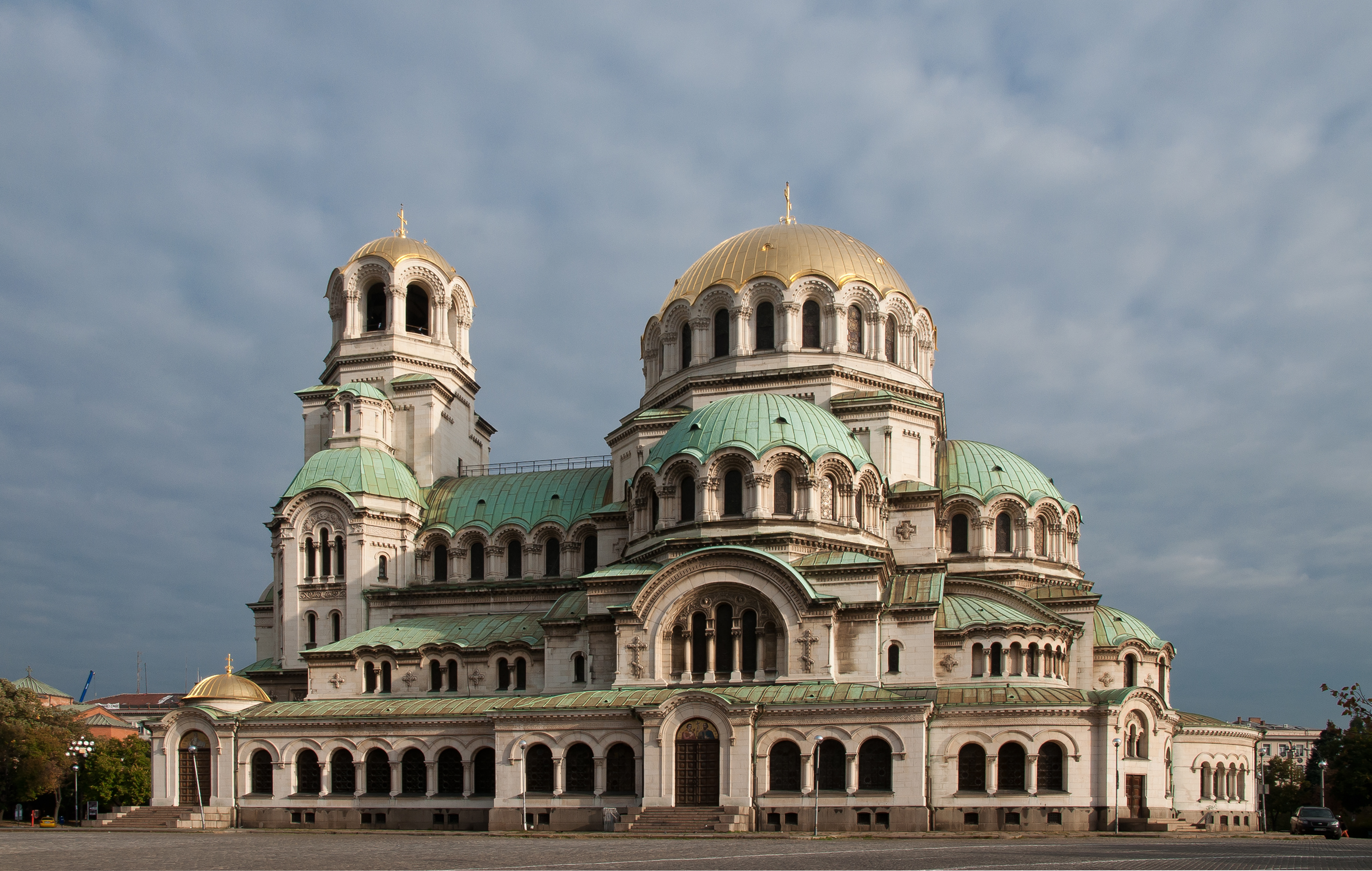Already in very ancient times, the sacrament of baptism was celebrated on the feast of Pentecost as on Easter; this is said explicitly by Pope Saint Siricius (384-399) in a letter to bishop Himerius of Tarragon. (Epist. ad Himerium cap. 2 : Patrologia Latina vol. XIII, col. 1131B-1148A) Pope Saint Leo I (440-461) reasserts that this was the practice of the Church in a letter to the bishops of Sicily, exhorting them to follow the example of the Apostle Peter, who baptized three thousand persons on Pentecost day. (Epist. XVI ad universos episcopos per Siciliam constitutos : P.L. LIV col. 695B-704A) This custom is expressed in the liturgy of the vigil of Pentecost, which resembles in many respects the rite of Holy Saturday. This resemblance is found in the Missal of St. Pius V, as in all of the missals that came before it, and in the medieval usages of the great cathedrals and religious orders.
The rite begins in the penitential color, violet. There is no blessing of a Paschal fire, nor of a Paschal candle, nor the Exsultet; therefore, the vigil begins with six prophecies, repeated from the vigil of Easter, each of which is followed by a prayer. (The three tracts from Easter night are also repeated in their respective places). The six prayers are different from those of the Easter vigil, but express in many respects the same ideas. After the sixth prophecy, the blessing of the baptismal font is repeated, changing only the prayer at the beginning, following which the Litany is sung. During the Litany, the major ministers return to the sacristy and change to red vestments for the Mass.
Other rites of the Easter vigil are repeated at this vigil Mass; there is no Introit, and the bells are rung at the Gloria in excelsis. (The Introit Cum sanctificatus fuero was later assigned for private Masses only.) The collect of the Mass refers to the baptismal character of this celebration even more clearly than that of the Easter vigil Mass. After the Alleluja of the Mass is sung the same Tract which is sung on Easter night. At the Gospel, the acolytes do not carry candles. Just as on Easter night the Resurrection is watched for, but not anticipated, so also with this same gesture, the Church watches for the coming of the Holy Spirit in tongues of fire, as Christ told His disciples to do, but does not anticipate it. A further reference to the baptisms done in the first part of the rite is found in the Canon of the Mass, in which the proper Hanc igitur of Easter is said. This text speaks explicitly of those whom the Lord “(has) deigned to regenerate of water and the Holy Spirit, granting to them remission of their sins. ” It is said in this Mass, and though the entire octave of Pentecost, as it is also said at the Mass of the Easter vigil, and throughout the octave.


